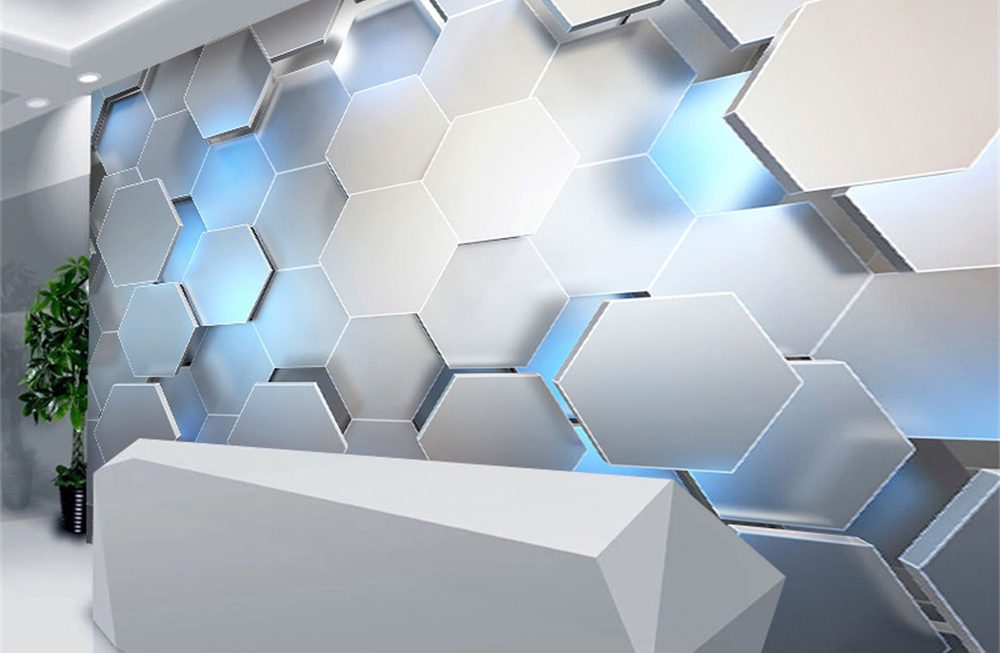Introduction
Lava lamps have fascinated people for decades with their mesmerizing motion and colorful display. Many individuals enjoy watching the wax rise and fall, creating an enchanting visual experience. But have you ever wondered what exactly is inside a lava lamp? In this article, we will explore the components and ingredients that make up a lava lamp, offering you a closer look at its inner workings.
Glass Container
The first component of a lava lamp is the glass container. This container is typically shaped like a bottle or a cylinder and provides a transparent enclosure for the other elements. It is made from durable glass to withstand the heat generated by the lamp and the weight of the liquid and wax inside.
Liquid
The liquid inside a lava lamp is usually a clear or translucent medium, such as distilled water or mineral oil. The purpose of the liquid is to create a medium for the wax to flow and to distribute the heat evenly. It also helps to prevent the wax from sticking to the glass container.
Wax
The wax is the star of the show in a lava lamp. It is made from a combination of paraffin wax, microcrystalline wax, and other additives that give it its unique properties. The wax is the substance that rises and falls within the lamp, creating the captivating lava lamp effect. It is chosen for its ability to melt at a relatively low temperature and solidify at a higher temperature.
Dye
To add color to the lava lamp, dyes or pigments are used. These dyes are specifically designed to mix well with the liquid and wax, creating vibrant hues. The choice of colors can vary from traditional options like red, blue, and green to more unconventional shades like purple or pink. The dyes used are typically safe and non-toxic.
Heat Source
The heat source is a crucial component of a lava lamp, responsible for melting the wax and creating the motion. It is usually located at the base of the lamp and can be a light bulb or a heating element. The heat generated by the source travels upward, warming the liquid and wax and causing the wax to rise. Once the heat is turned off, the wax cools down and descends back to the bottom.
Base and Cap
The base and cap of a lava lamp provide stability and protection for the internal components. The base is usually made of metal or plastic and houses the electrical components, including the power cord and the switch. The cap is the top part of the lamp and is responsible for holding the glass container securely in place.
The Functionality of a Lava Lamp
Lava lamps are not just visually appealing decorative items; they also serve several practical functions. Let’s explore the functionality of a lava lamp in more detail:
Ambient Lighting:
One of the primary functions of a lava lamp is to provide ambient lighting. The soft glow emitted by the lamp creates a warm and cozy atmosphere in any room. It serves as a gentle and pleasant lighting source that can be used to create a relaxed ambiance for various occasions.
Decorative Accent:
Lava lamps serve as decorative accents in any space. The unique motion and colorful display of the wax make them eye-catching focal points in a room. Whether placed on a desk, shelf, or side table, a lava lamp adds a touch of visual interest and whimsy to the surroundings.
Relaxation and Stress Relief:
Watching the slow, rhythmic motion of the wax in a lava lamp can be calming and therapeutic. The mesmerizing display has a soothing effect on the mind, making it an excellent tool for relaxation and stress relief. Many people find the gentle flow of the wax to be meditative, allowing them to unwind and find tranquility.
Conversation Starter:
Lava lamps often become a topic of conversation due to their unique design and retro appeal. Their presence in a room can spark curiosity and intrigue among visitors, leading to interesting discussions and anecdotes. They can serve as an icebreaker and a point of connection among people.
Night Light:
Lava lamps can also function as night lights. The soft glow they emit is not too bright, making them suitable for use in bedrooms or nurseries. The subtle lighting provided by a lava lamp can create a calming environment and help promote a good night’s sleep.
Visual Stimulation:
Lava lamps offer visual stimulation, especially for individuals with sensory preferences. The bright colors, flowing motion, and changing shapes of the wax provide a visually stimulating experience. This can be particularly beneficial for children or individuals with sensory processing disorders, as it offers a gentle and engaging form of sensory input.
In summary, lava lamps serve a variety of functions beyond their decorative appeal. They provide ambient lighting, act as relaxation aids, initiate conversations, serve as night lights, and offer visual stimulation. Their versatility makes them a popular choice for enhancing the atmosphere of any space while providing a unique and captivating visual experience.
Conclusion
One of the primary reasons for the popularity of lava lamps is their unique visual appeal. The fascinating motion of the wax as it rises and falls creates an enchanting and captivating display. This distinctive feature sets lava lamps apart from other lighting options, making them a focal point in any room.
Lava lamps have the ability to enhance the aesthetics of a space. Their colorful and fluid motion adds a touch of excitement and artistic flair to any environment. Whether placed in a living room, office, or bedroom, a lava lamp can instantly transform the atmosphere and create a visually appealing ambiance.
In conclusion, the components inside a lava lamp work together to create the mesmerizing display that has captivated generations. From the glass container to the liquid, wax, dyes, heat source, and base, each element plays a crucial role in the functioning and aesthetics of the lava lamp. Understanding what’s inside a lava lamp allows us to appreciate the intricate design and engineering behind this iconic decorative item.







